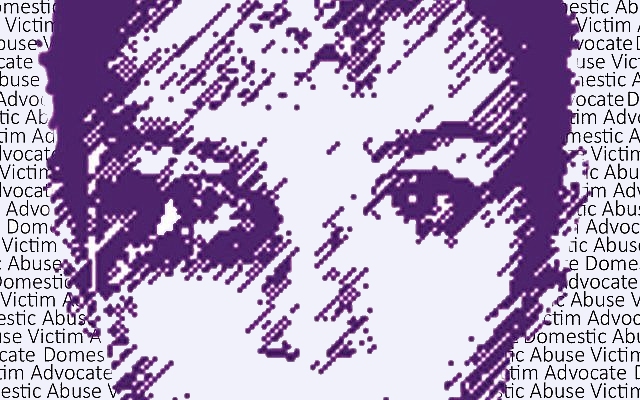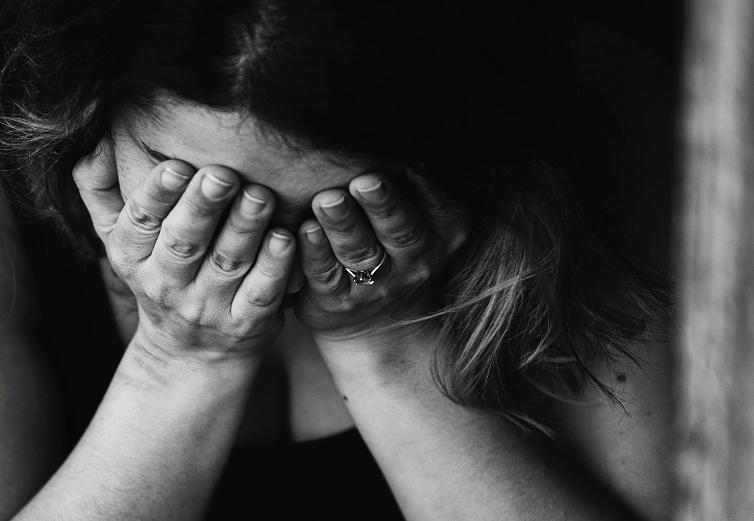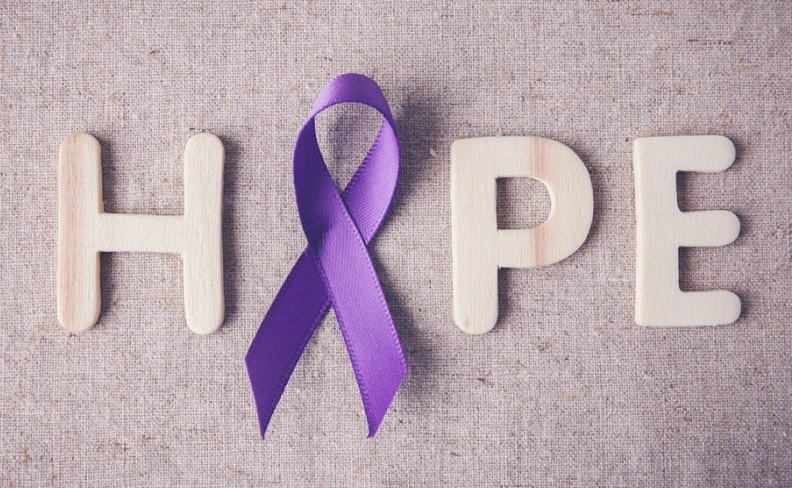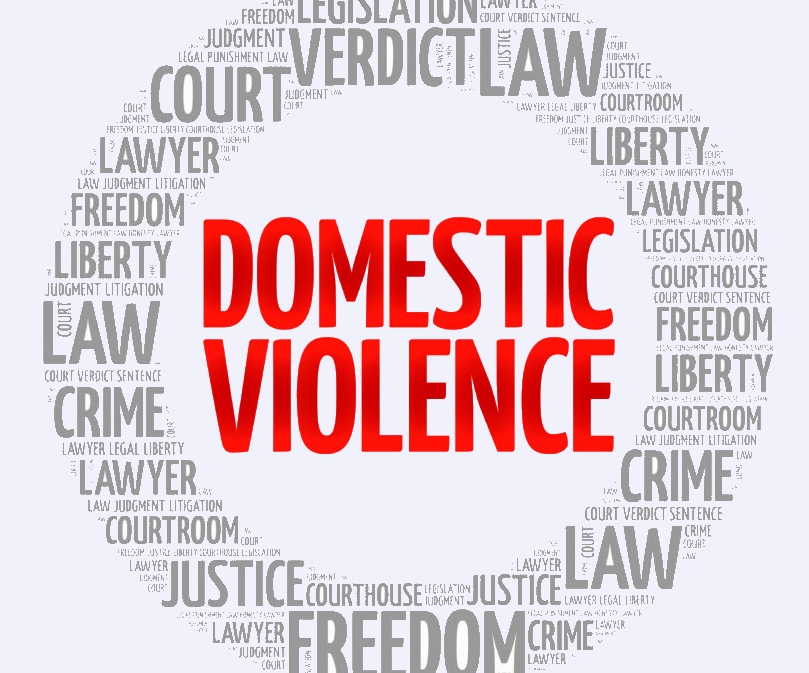What is Domestic Violence and Abuse?
Domestic violence is defined as “the willful intimidation, physical assault, battery, sexual assault, and/or other abusive behavior as part of a systemic pattern of power and control perpetrated against an intimate partner or other family or household member”. Family or household members include spouses / former spouses, those in (or formerly in) a dating relationship, adults related by blood or marriage, and those who have a biological or legal parent-child relationship. The definition of domestic violence contextually includes financial abuse for withholding necessary resources as a method of control, as well as coercive behavior and threats of harm to the victim, their family/friends, or their property.
Often, before there is physical violence in the family/household, there is abuse. Domestic violence and abuse are used for one primary purpose: to gain and maintain total control over another. An abuser or batterer doesn’t “play fair.” An abuser or batterer uses fear, guilt, shame, and intimidation to wear a family/household victim down and keep them under their thumb.
The issue of domestic violence in families often leads to cyclical and repeated behaviors across generations. Witnessing battering between parents is a primary predictor of perpetrating domestic violence. Individuals who grow up in homes where abuse and family violence occurs are at greater risk of becoming victims (and perpetrators). Instances of domestic violence are under-reported as fear of retaliation or fear of public, family or community scrutiny may cause victims to retreat more deeply into silence, hampering their ability to escape and recover.Also, there is a high correlation between substance use and domestic violence. Substance use and abuse appeared to be involved in about two-thirds (65%) of domestic violence cases. Therefore, legal intervention without addressing substance use of perpetrators will likely leads to a continuation of the cycle of violence.
Domestic violence and abuse can happen to anyone; it does not discriminate. Abuse happens within heterosexual relationships and in same-sex partnerships. It occurs within all age ranges, ethnic backgrounds, and economic levels. And while women are more often victimized, men also experience abuse—especially verbal and emotional. The bottom line is that abusive and violent behavior is never acceptable, whether from a man, woman, teenager, or an older adult. Everyone in the family and community deserve to feel valued, respected, and safe.
Domestic abuse often escalates from threats and verbal assault to violence. And while physical injury may pose the most obvious danger, the emotional and psychological consequences of domestic abuse are also severe. Emotionally abusive relationships can destroy ones self-worth, lead to anxiety and depression, and make the victim feel helpless and alone.
Despite what many people believe, domestic violence and abuse does not take place because of an abuser loses control over their behavior. In fact, abusive behavior and violence is a deliberate choice to gain control. Perpetrators use a variety of tactics to manipulate the victim and exert their power, including:
- Dominance – Abusive individuals need to feel in charge of the relationship. They may make decisions for their spouse/partner and the family, tell them what to do, and expect them to obey without question. An abuser may treat a spouse/partner like a servant, child, or even as their possession.
- Humiliation – An abuser or violence perpetrator will do everything they can to lower the victim’s self-esteem or make them feel defective in some way. After all, if one believe they’re worthless and that no one else will want them, the victim is less likely to leave. Insults, name-calling, shaming, and public put-downs are all weapons of abuse designed to erode one’s self-worth and make them feel powerless.
- Isolation – In order to increase the victim’s dependence on them, an abusive or violent partner will cut them off from the outside world. They may keep theor spouse/partner from seeing family or friends, or even prevent them from going to work or school. Victims may be forced to ask permission to do anything, go anywhere, or see anyone.
- Threats – Abusers and violence perpetrators commonly use threats to keep their spouses/partners from leaving or scare them into dropping charges. An abuser/perpetrator may threaten to hurt or kill the spouse/partner, their children, other family members, or even pets. They may also threaten to commit suicide, file false charges against the victim, or report them to child protective services.
- Intimidation – The abuser or perpetrator may use a variety of intimidation tactics designed to scare their spouse/partner into submission. Such tactics include making threatening looks or gestures, smashing things in front of them, destroying property, hurting pets, or putting weapons on display. The message behind these actions is that violent violent consequences will follow if th victim doesn’t obey.
- Denial and blame – Abusers and perpetrators are adept at making excuses for the inexcusable. They may blame their abusive and violent behavior on a bad childhood, a bad day, or even on their spouse/partner and their kids, the victims of their abuse. They may minimize the abuse and violence or deny that it occurred. Often, they will shift the responsibility on to the victims: somehow, their violent and abusive behavior is the victim’s fault.











